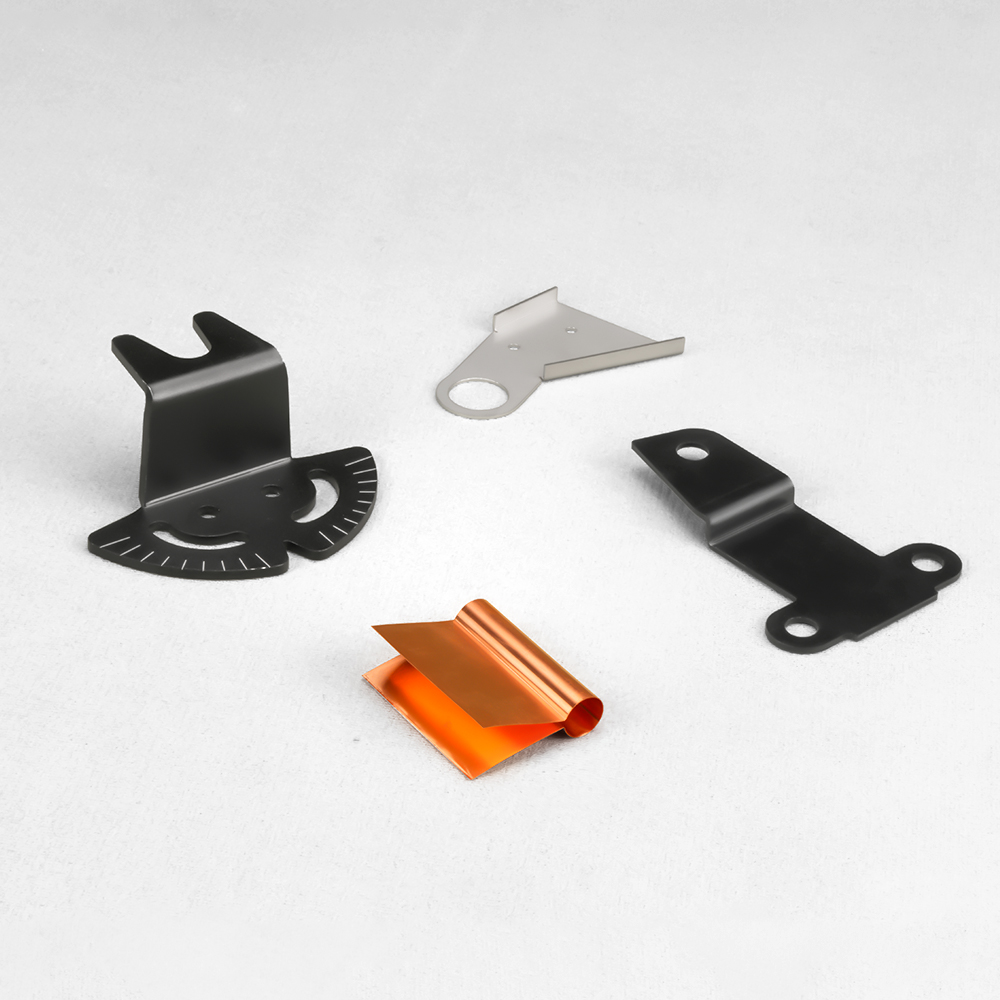Quality Assurance in Metal Fabrication: Advanced Inspection Methods+ View more
Quality Assurance in Metal Fabrication: Advanced Inspection Methods
+ View more
Date:2023-12-23 18:37
Quality assurance stands as a cornerstone in metal fabrication, ensuring that produced components meet stringent standards. This article navigates through the realm of advanced inspection methods, elucidating their pivotal role in elevating quality assurance practices within metal fabrication and the transformative impact they have on the industry.

Importance of Quality Assurance in Metal Fabrication
Quality assurance is paramount in metal fabrication. Components must meet precise specifications for safety, functionality, and durability. Any deviations can lead to inefficiencies, product failure, or safety hazards, making robust quality assurance methods indispensable.
Evolution of Inspection Methods
The historical evolution of inspection methods has witnessed a transformation from manual inspections to advanced technologies. Traditional methods like visual inspection, caliper measurements, and coordinate measuring machines (CMMs) have evolved into sophisticated non-destructive testing (NDT) techniques and advanced imaging technologies.
Non-Destructive Testing (NDT) Techniques
NDT techniques ensure component integrity without damaging them. Ultrasonic testing, eddy current testing, magnetic particle testing, and dye penetrant inspection are integral methods. They detect flaws, cracks, or inconsistencies within materials, enhancing quality without compromising structural integrity.
Advanced Imaging and Optical Methods
Advanced imaging and optical inspection methods have revolutionized quality assurance. High-resolution cameras, 3D scanners, and laser-based systems precisely capture surface details, dimensions, and structural integrity. These methods enable comprehensive inspections and precise measurements, ensuring components meet exact specifications.
Computer Vision and AI in Inspection
Computer vision and AI technologies enhance inspection capabilities. AI algorithms analyze visual data, identifying defects or irregularities in components. Machine learning models improve accuracy and efficiency, enabling real-time defect recognition and automated decision-making in quality assessments.
In-Line and Real-Time Inspection
In-line inspection methods integrate directly into manufacturing processes. Robotics equipped with sensors conducts inspections during production, ensuring immediate corrections if deviations are detected. Real-time inspection reduces the risk of defective components entering the supply chain.
Quality Management Systems (QMS)
QMS software integrates inspection data, managing quality throughout the production lifecycle. It tracks inspection results, generates reports, and facilitates corrective actions, enabling continuous improvement and adherence to regulatory standards.
Industry 4.0 Integration and Future Implications
Integration with Industry 4.0 technologies foreshadows a future where quality assurance is inherently linked with smart manufacturing. IoT-enabled sensors, data analytics, and interconnected systems pave the way for autonomous inspections and predictive quality assurance measures.
Conclusion
In conclusion, advanced inspection methods in metal fabrication aren't just about identifying defects; they're about ensuring components meet the highest standards of quality. The evolution from traditional methods to advanced imaging, NDT, AI-driven inspections, and Industry 4.0 integration signifies a paradigm shift in quality assurance. These methods aren't merely tools; they're guardians of precision and reliability, shaping a future where quality isn't just assured; it's embedded in every fabricated component.
Share to:
Recommend wonderful blog posts

